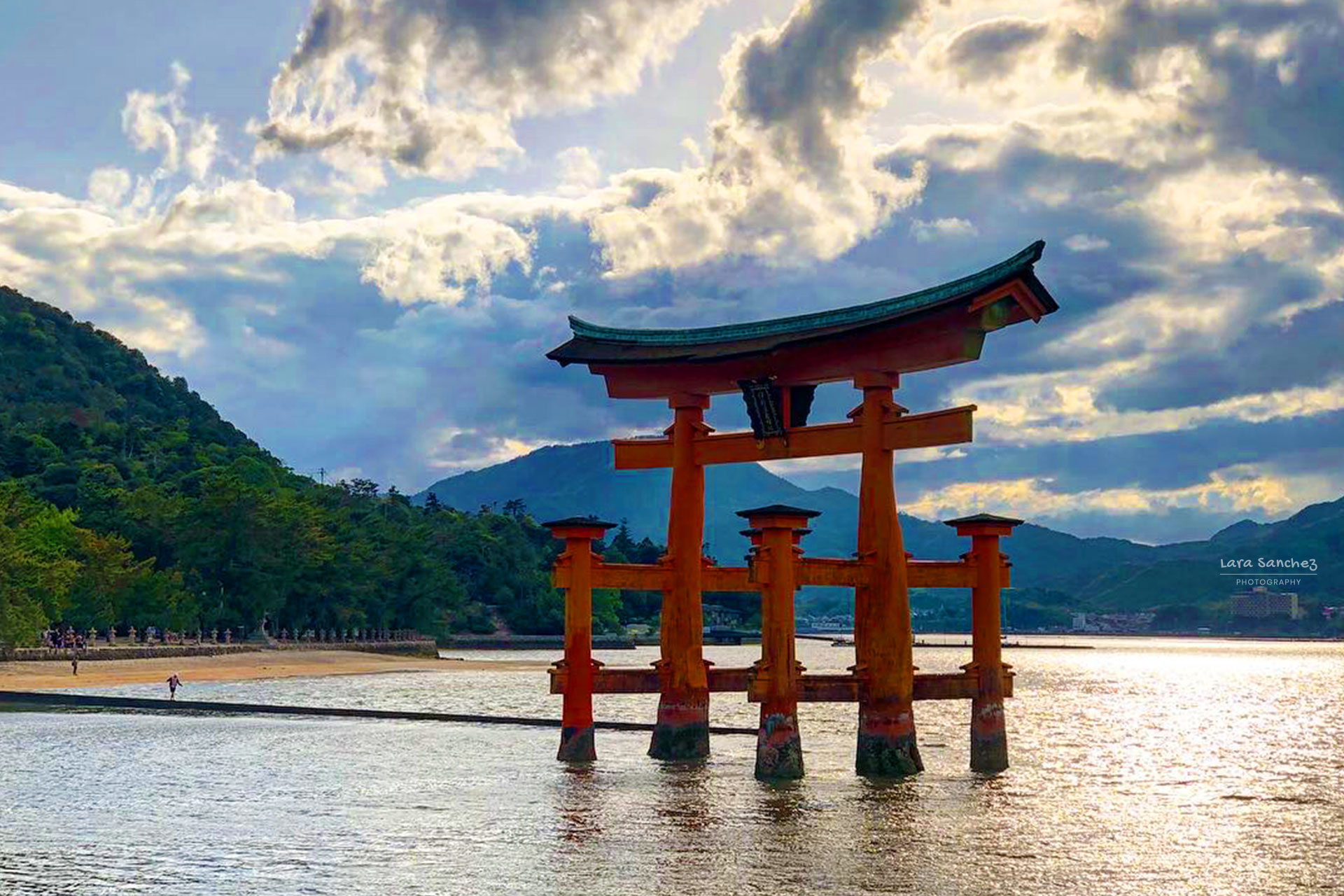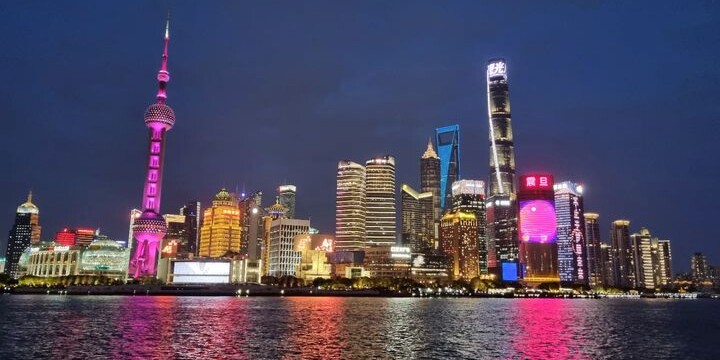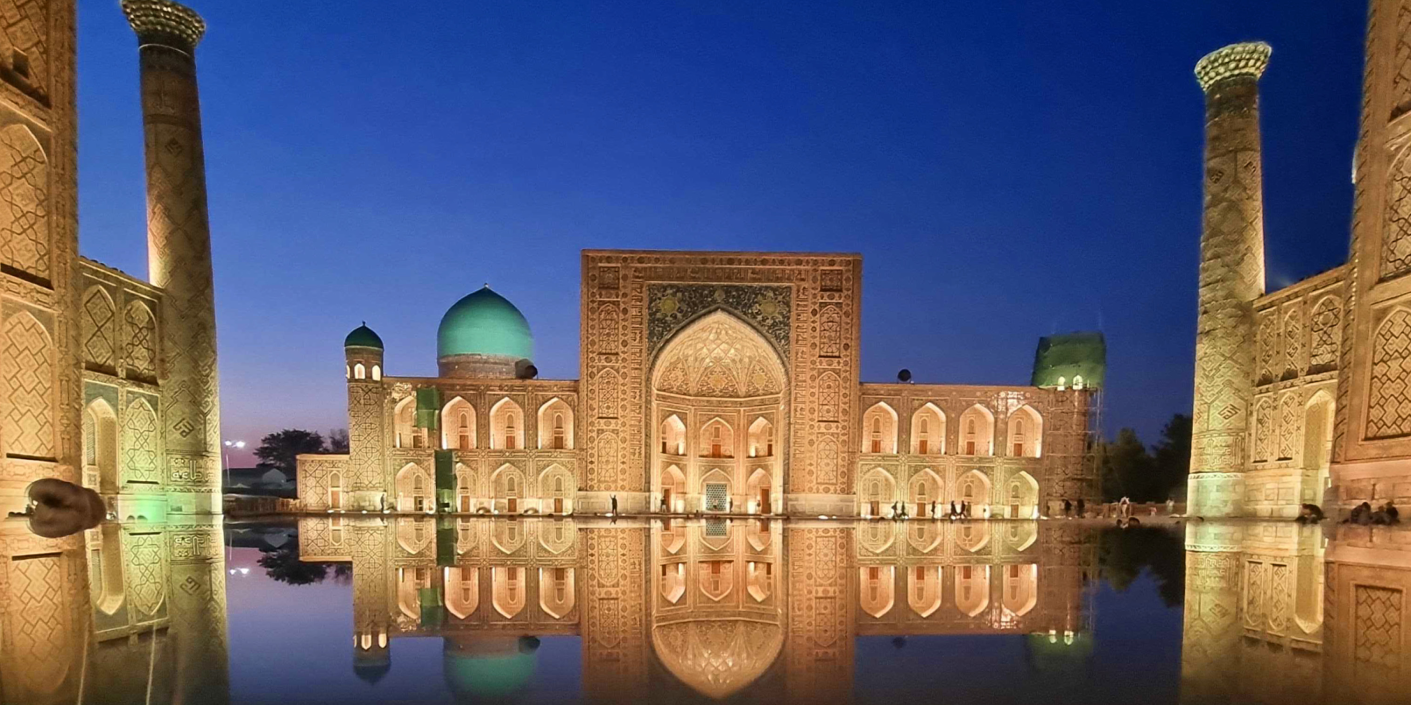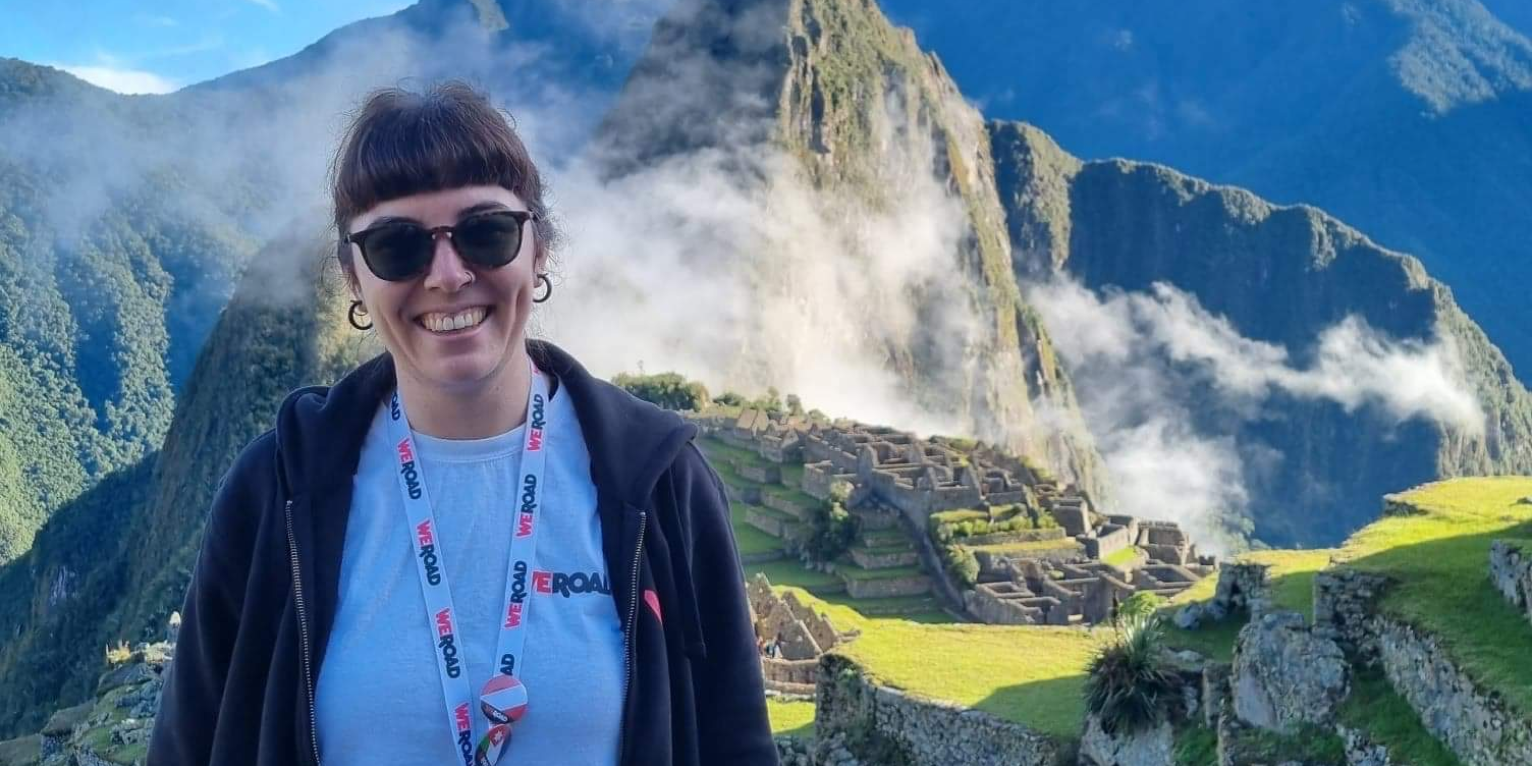If you are planning to travel around Japan independently, you’re in luck: I leave you here my itinerary and budget for this super amazing one in a lifetime trip.
The idea of the itinerary is to be able to see both modern cities and also more traditional and rural areas, as well as having some time to explore some of the nature this country has to offer.
The famous "floating" torii gate in Miyajima island
The O-Torii (Grand Torii Gate), which stands in the sea about 16.8 meters in height, is among the most well known structures of Itsukushima Shrine.

Itinerary
Day 1 – Arrival
Arrival in Osaka. British Airways offers direct flights now from London, but if you’re looking for something cheaper check the different Korean airlines (I used Asiana Airlines), as doing a layover in Seoul in South Korea halves the price of the flights.
I’d recommend you in order to fight the jet lag to arrive to Osaka late at night, so as soon as you check-in your hotel you can go directly to bed to easily adapt to the new timezone.
Day 2 – Nara & Osaka
Day trip to Nara to enjoy Nara Park and its deers, as well as some fantastic temples. Come back to Osaka in the afternoon to enjoy night life around Dotomburi area and don’t miss the amazing street food. Particularly good here are takoyaki (octopus balls).
Day 3 – Koyasan
Take 2 days to slow down in Koyasan, arguably Japan’s most sacred sites. Try to sleep at one of the many Buddhist temples so you can live their life, take part of their morning prayers, eat their vegetarian food, etc.
Even the trip to Mount Koya itself is an experience, with fantastic views from the cablecar. Transportation until here is all included in the Kansai Thru Pass ticket, so make sure to have a look to it if you want to visit this area.
Day 4 – Koyasan & Kyoto
After the morning prayer in the temple and last breakfast, check your train schedules. Sit back and enjoy your trip to Kyoto, which will serve us as base for the next few days.
Days 5-6 – Kyoto
There are tons of things to do and see in Kyoto, but some of the highlights you can’t miss are Fushimi Inari, where hundreds of toriis go up a hill; the Golden Pavilion and its reflection in the lake; a walk in the bamboo forest of Arashiyama; and obviously walking along the streets of Gion neighbourhood trying to spot some geishas or maikos.
Day 7 – Miyajima
Take a bullet train to Hiroshima, and from there you can take a local train and ferry to Miyajima island, a quiet place with some nice walks and views from the hills. Its most famous sight is the famous floating torii. Make sure to check the tides schedules to see it with high and low tide.
Day 8 – Hiroshima & Kyoto
Discover this city by the free public circular bus and don’t miss the museum, the Atomic Dome, and try the famous okonomiyaki. Delicious! Come back to Kyoto in the evening.
Day 9 – Himeji & Kyoto
Half day trip to visit the most fascinating castle in Japan, Himeji castle. You can also visit some famous gardens surrounding the castle.
Come back to Kyoto and use this last night to visit what you got left of the city.
Day 10 – Takayama
Let’s go to the Japanese Alps! Takayama is the entry gate to many mountain adventures (depending on how many days you’ve got you can add some days here).
Day 11 – Takayama & Shirakawa-go
Day trip to Shirakawa by bus and last hours in Takayama.
Days 12-14 – Tokyo
Kabuki-cho, Shinjuku, Shibuya, Giza… Walk along the manga neighbourhoods, the red district, go shopping… Basically discover the fascinating Tokyo life.
Day 15 – Flight back home
If you want to flight jet lag try to get home in the late evening or night so you can go straight to bed and adapt easily to the new timezone.
Budget
Japan is not a cheap country, but you can find some good deals if you go to 3 stars hotels (everything is extremely clean so even this type of hotels are more than enough). Try to make use of the train tickets (see my article with all the information about the JR Pass), and dare to try typical and street food in order to adjust your budget. Following these advices visiting Japan doesn’t have to leave you skint.
The following expenses are from my trip in May 2019, the highest tourist season in Japan because of the cherry blossom, so you can always try to visit in a different time of the year to save some money:
Return flights
I flew with Korean Asiana Airlines laying over in Seoul.
750€
Travel Insurance
Remember to always have your insurance when you travel. I normally get an annual MultiTrip so it covers me all year round.
35€
Food
This includes breakfast, lunch and dinner for 15 days, as well as all refreshments and snacks.
345€
JR Pass
You'd really want to get one of this as it makes it much more convenient and cheap.
228€
Local Transport
This includes the Kansai Thru Pass for 3 days (for Nara, Osaka and Kyoto), the bus to/from Shirakawa-go from Takayama, trains to/from the airport and local subway for the 2 weeks.
101€
Accommodation
This is most likely to be your biggest spent. In my case it was Buddhist temple accommodation in Koyasan for 2 nights and the rest in simple 2-3 star hotels.
735€
Entry fees
Entrance to some attractions (Himeji Castle, Golden Temple, etc.) as well as to the famous Robot Restaurant in Tokyo.


